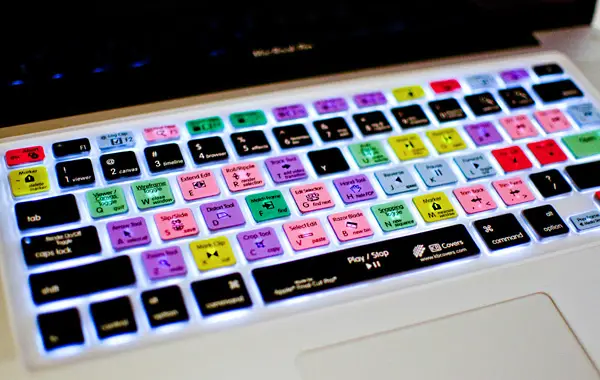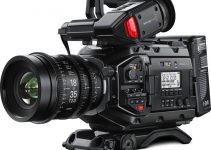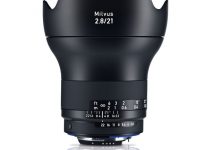Many professionals tend to believe that editing is one of the most important aspects of the creative process, the one that actually picks up the pieces and brings the story to live. On the other hand, editing can be overwhelming and intense, especially when you don’t have enough experience and haven’t built some efficient and time-tested workflow.
There are so many creative choices you can make during the process, so it’s easy to get lost somewhere down the road. One of the common mistakes one can make when editing a film is spending too muck time on the first rough cut. Going through your edits over and over again in a short period won’t help you either unless you leave enough room for each editing session.
The story needs time to grow and mature in your mind, so you can easily mold and piece it together in the best possible way.
Speaking of editing, there are certain tips and tricks that will help you to get in the process faster and become more productive and efficient in the end. First and foremost, make sure that you know your NLE of choice well.
As a rule of thumb, editing by utilising keyboard shortcuts will save you a ton of time, so you better learn it. The time you spend physically moving between mouse and keyboard when editing is tedious and doesn’t make any sense, especially when you have your keyboard shortcuts.
Before you start editing, transcode all raw footage in a more edit-friendly codec. Don’t bother too much with audio, leave that work to your sound editor, unless you’re editing the sounds as well. Read carefully the director notes, review the raw material, mark the best takes and organise the media in advance.
It’s a good practice to create separate subfolders for each scene within the main project folder where all the takes should be labeled appropriately.

If you’re planning to edit and work on a certain project out of your editing suite, make sure you also create proxies that you can quickly copy and edit on your laptop. When editing a feature film, try to work on one or two scenes per day at the most.
Don’t rush over the dailies, fast editing won’t give you better results, patience, dedication and persistence will. As an editor, you will go through many different iterations of your edit which doesn’t mean that you are getting stuck in the edit, on the contrary, it is completely fine and normal.
When you feel overwhelmed and get behind your average pace, save your project and close your NLE. It’s time to get some rest and do something else. When the final version of the edit is finalised, try to leave it for some time before you pass it to the director. If after a couple of days when revealing the whole thing you are still happy with the results then you are done.
All in all, working hard and pouring your heart and soul in a project is an essential part of learning the craft and will help you to become not only a better editor but also grow as a filmmaker over time. Like any other aspect of the process, trusting your instincts and pushing the boundaries of your creativity and productivity is what will make you truly satisfied in the end.
[via Premium Beat]
Disclaimer: As an Amazon Associate partner and participant in B&H and Adorama Affiliate programmes, we earn a small comission from each purchase made through the affiliate links listed above at no additional cost to you.




Another very useful article, thanks.